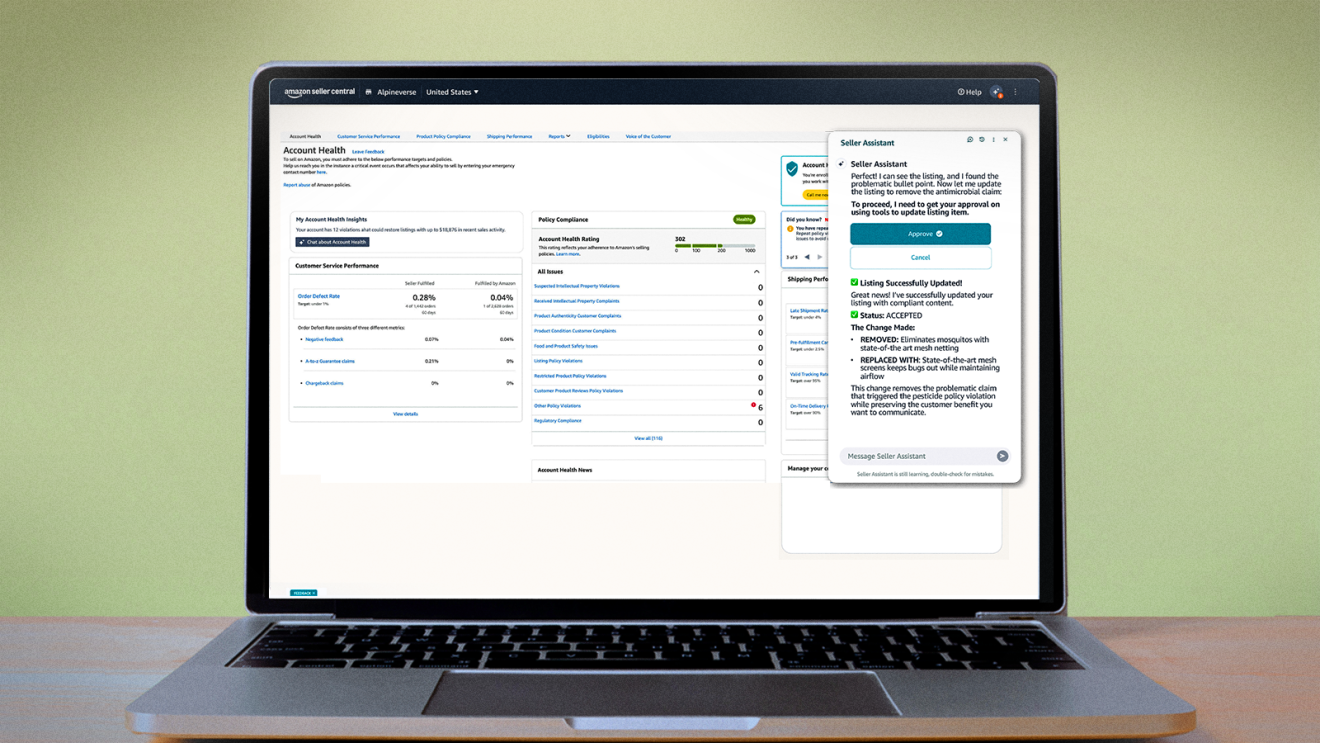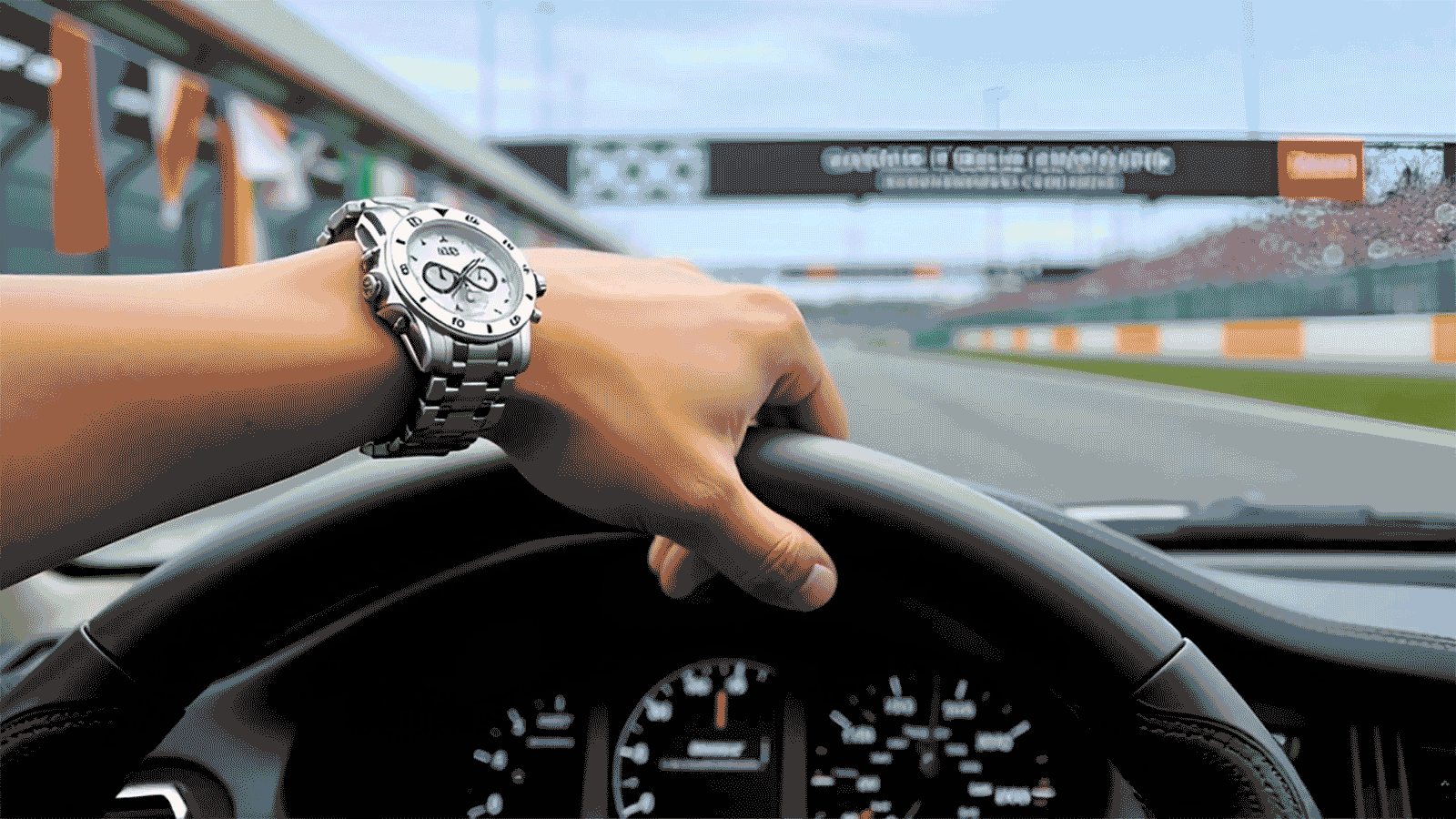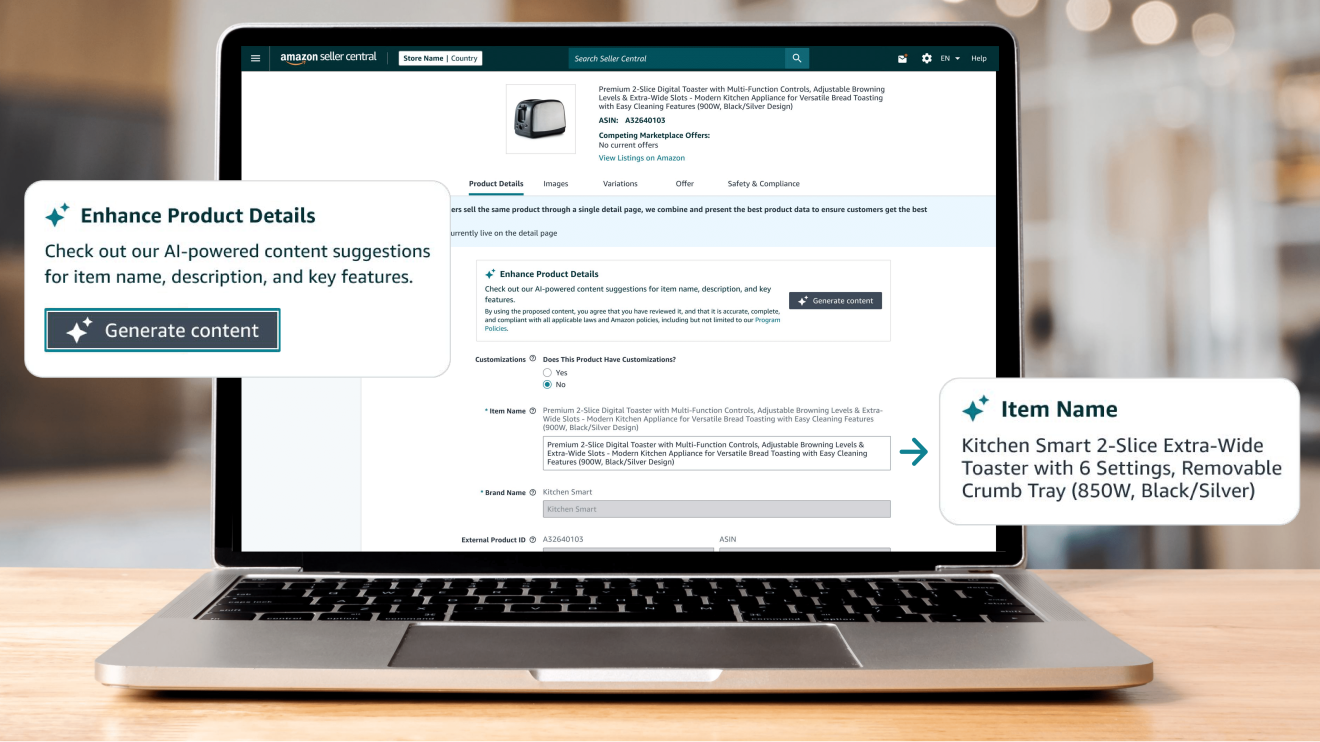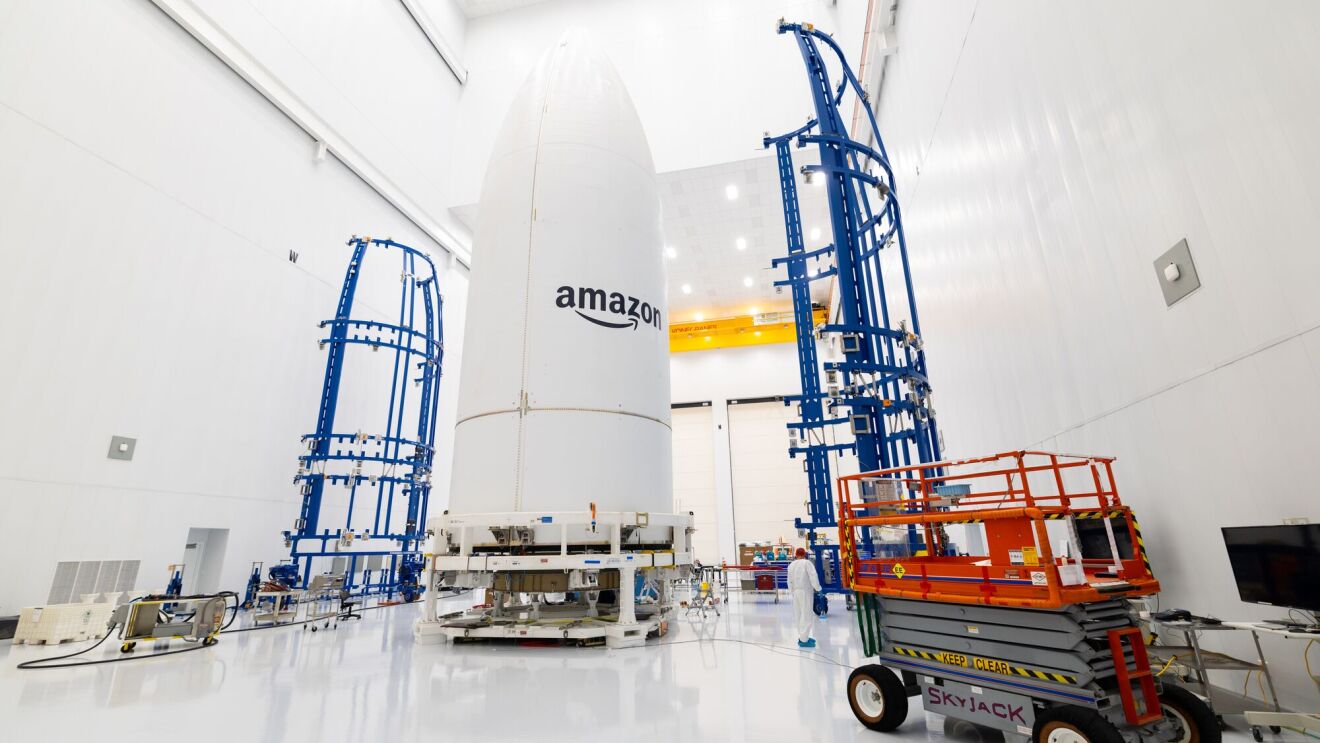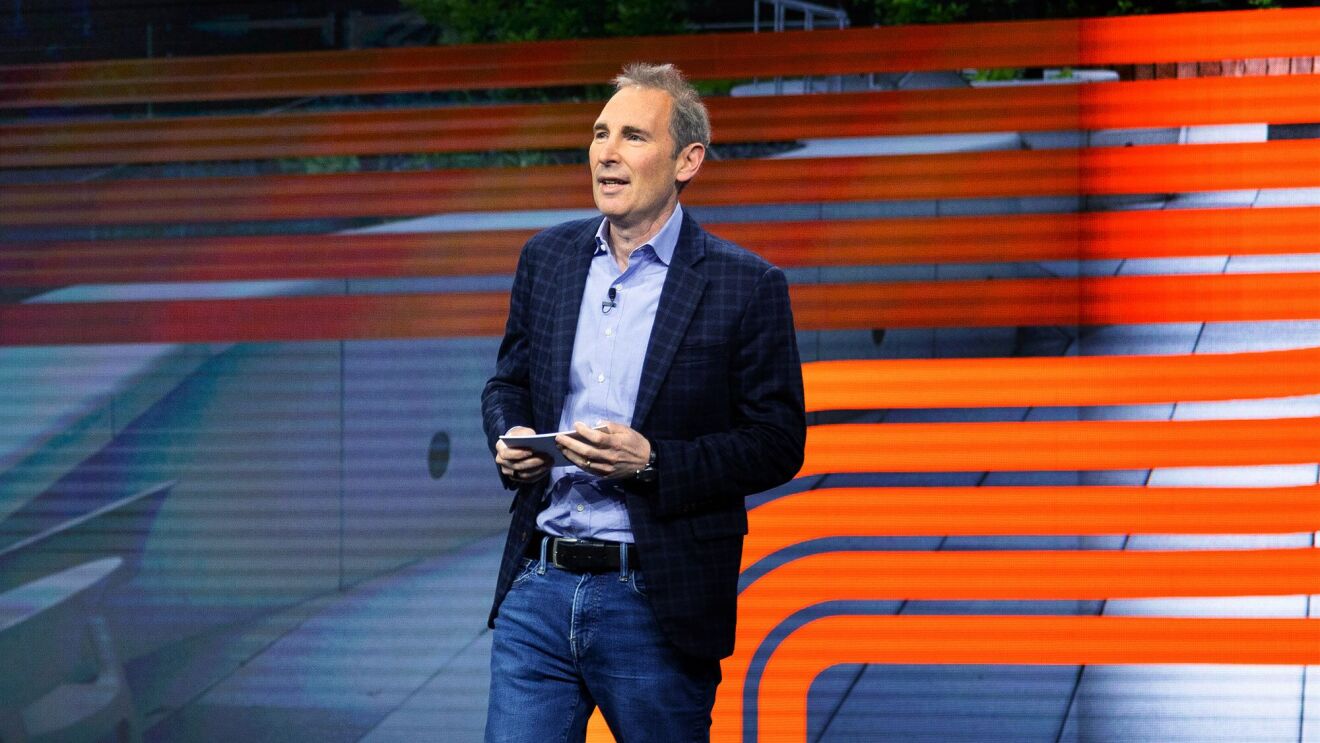At the Amazon Robotics and Advanced Technology labs located near Seattle, in Boston, and in Northern Italy, team members are rigorously testing and developing new technologies to help move totes, carts, and packages through Amazon facilities, helping to make employees’ jobs safer.
In the Seattle-area research and innovation lab, some of the innovations being tested merge advanced technologies with simple solutions for potential safety benefits. One project, which is in early development, involves the use of motion-capture technology to assess the movement of volunteer employees in a lab setting. These employees perform tasks that are common in many Amazon facilities, such as the movement of totes, which carry products through robotic fulfillment centers.
Motion-capture software enables Amazon scientists and researchers to more accurately compare data captured in a lab environment to industry standards rather than other modeling tools traditionally used by ergonomists.
“With this data, visualizations, and employee feedback, we are looking to identify relatively simple changes that can make a big impact,” said Kevin Keck, worldwide director of Advanced Technology at Amazon. “Something as simple as changing the position of handles on totes may help lower the risk of injuries to our employees at a massive scale.”
“Ernie” puts people in a better position
In many Amazon fulfillment centers, employees currently pick or stow items onto mobile shelves as products move through the process of fulfilling customer orders. To potentially reduce the need for employees to reach up or bend down when retrieving items—and thus limit more strenuous movements—we’re testing a new workstation system called “Ernie.” Ernie takes totes off of a robotic shelf and uses a robotic arm to deliver it to employees, so they can remain in a more comfortable, stable, and ergonomically friendly position.
“We’re known for being passionate about innovating for customers, but being able to innovate with robotics for our employees is something that gives me an extra kick of motivation each day,” said Keck. “The innovation with a robot like Ernie is interesting because while it doesn’t make the process go any faster, we’re optimistic, based on our testing, it can make our facilities safer for employees.”
As part of their testing, Robotics and Advanced Technology team members are gathering quantitative data on the performance of Ernie from the research and innovation lab and one other Amazon facility where Ernie is being tested. They are also getting anecdotal feedback from employees testing the new equipment.
“I think Ernie is working out really well in the testing; I think it’s safer,” said Teresa Lykstad, an Amazon employee who works in the Seattle area research and innovation lab, which doubles as a small-scale fulfillment center. “The technology here is really interesting, and I have enjoyed being able to work with it and to share my experience with the team building these robots.”
Autonomous Mobile Robots charting new paths to safety
In the same research and innovation lab, three very different types of autonomous robots are going through varying phases of testing and development.
“Bert” is one of Amazon’s first Autonomous Mobile Robots, or AMRs. Historically, it’s been difficult to incorporate robotics into areas of our facilities where people and robots are working in the same physical space. AMRs like Bert, which is being tested to autonomously navigate through our facilities with Amazon-developed advanced safety, perception, and navigation technology, could change that.
With Bert, robots no longer need to be confined to restricted areas. This means that in the future, an employee could summon Bert to carry items across a facility. In addition, Bert might at some point be able to move larger, heavier items or carts that are used to transport multiple packages through our facilities. By taking those movements on, Bert could help lessen strain on employees.
Two other robots, with the code names “Scooter” and “Kermit,” also operate autonomously, but unlike Bert, both transport carts. Today, carts are used to carry empty totes and packages through our facilities. By having Autonomously Guided Carts (AGCs) like Scooter and Kermit perform physical tasks, we believe we can make our facilities safer and enable our employees to focus on jobs that require their critical thinking skills. In addition, using an AGC like Scooter to pull carts through our facilities reduces the risk of strains on our employees, or even collisions. We currently plan to deploy Scooter to at least one Amazon facility this year.
Kermit is an AGC that is focused on moving empty totes from one location to another within our facilities so we can get empty totes back to the starting line. Kermit follows strategically placed magnetic tape to guide its navigation and uses tags placed along the way to determine if it should speed up, slow down, or modify its course in some way. Kermit is further along in development, currently being tested in several sites across the U.S., and will be introduced in at least a dozen more sites across North America this year.
When the topic of robotics and other advanced technologies are brought up, some people question their potentially negative impact on jobs. But the reality for our employees is quite different. Since Amazon began using robotics in its facilities in 2012, we’ve added more than 1 million jobs worldwide while simultaneously deploying 350,000 mobile drive unit robots. In addition, programs like the Mechatronics and Robotics Apprenticeship program and our Upskilling 2025 initiative provide new opportunities for employees to grow their careers.
“The role robotics and advanced technology can play in not only innovating for customers, but helping make our facilities safer, is a massive motivation for me and my team,” said Keck. “The health and safety of our employees is our number one priority. By listening to them, innovating on their behalf, and driving new technologies into our facilities over the coming months and years, I’m confident we’ll make a big contribution to our goal of reducing recordable incidents by 50% by 2025.”
Trending news and stories



